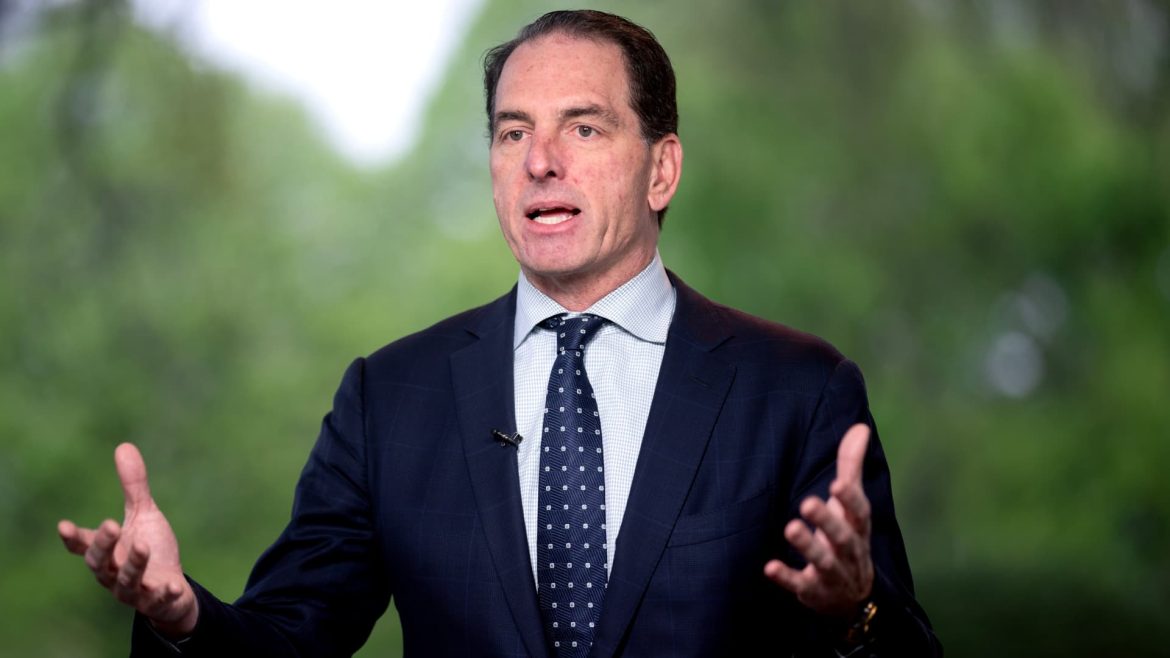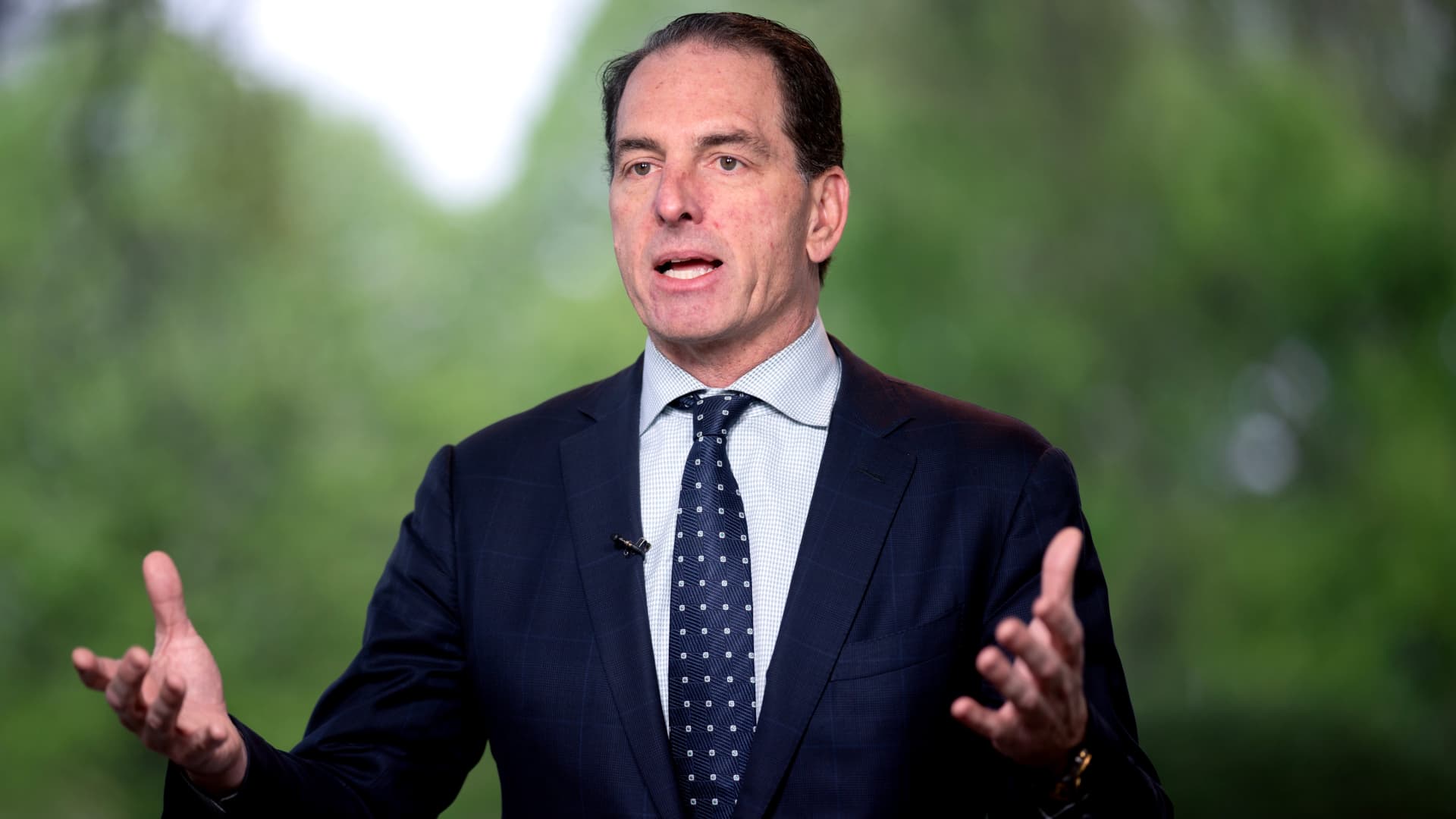The Current State of US Trade Negotiations: Progress, Challenges, and Prospects
Overview of Developments in Trade Deals
Recent official statements from senior Treasury officials and White House economic advisers have highlighted significant progress in the United States’ broader trade negotiations under the Trump administration. Deputy Treasury Secretary Michael Faulkender has indicated that multiple trade deals are “close to the finish line,” with the possibility of several announcements occurring soon. Echoing this perspective, White House economic adviser Kevin Hassett has said three trade agreements appear nearly done and expects more deals despite court rulings complicating tariff policies.
These reports suggest an optimistic trajectory toward resolving trade disputes and expanding trade partnerships beyond China, involving countries like India, South Korea, Japan, Mexico, and Canada. Treasury Secretary Scott Bessent reinforced this outlook by noting that agreements with major partners outside China are imminent, projecting a series of tariff agreements potentially with up to 15 countries.
China-US Trade Talks: Stalled Progress and Rising Tensions
In stark contrast to the positive momentum on other fronts, negotiations with China remain fraught and have encountered significant obstacles. While there were initial breakthroughs, including a temporary 90-day tariff pause and mutual rollback agreements reached in Geneva, these accords have faced accusations of violation by both parties. President Trump himself publicly accused China of “totally violating” the agreement, particularly concerning critical minerals and tariff rollbacks, which has escalated tensions. Consequently, the U.S. responded by doubling steel and aluminum tariffs to 50%, signaling a hardening stance.
Treasury Secretary Bessent described the China talks as “a bit stalled,” emphasizing that progress has slowed and concluding a permanent trade deal would likely require direct involvement from the highest levels—namely President Trump and Chinese President Xi Jinping. Although both leaders are expected to engage in upcoming communications to address these issues, the path to resolution remains uncertain amidst mutual accusations of non-compliance.
Impact of Legal and Political Factors on Trade Negotiations
The progress on trade deals occurs against a backdrop of legal challenges and evolving political dynamics. Some court rulings have complicated the administration’s tariff strategies, impeding enforcement efforts and forcing adjustments in negotiation tactics. Despite this, White House officials maintain a united front, with advisors such as Commerce Secretary Howard Lutnick and U.S. Trade Representative Jamieson Greer collaborating closely to advance deal-making.
The balancing act of pursuing multiple simultaneous negotiations highlights the complexity faced by trade officials. The White House openly acknowledges the “massive task” of engaging with numerous countries and the need for a coordinated team effort. This recognition underscores the intricate interplay between diplomacy, economic interests, and domestic political pressures that shape trade policy decisions.
Future Outlook and Strategic Considerations
The convergence of near-complete deals with several trading partners presents a pivotal moment for the Trump administration’s trade agenda outside China. Success in these negotiations could strengthen economic ties and reduce tariffs on critical goods, potentially providing a boost to domestic industries and consumers. However, the unresolved and increasingly contentious relationship with China remains a major obstacle with significant global ramifications.
Achieving a permanent trade agreement with China will likely depend on sustained high-level diplomacy and reciprocal commitment to honoring terms. The apparent “stall” in talks, coupled with escalating tariff rates, suggests that the administration may adopt a more calibrated mixture of pressure and negotiation going forward.
Meanwhile, the willingness of the White House and Treasury officials to move ahead with deals involving other countries signals a strategic diversification aimed at mitigating risks associated with overdependence on China. This multifaceted approach could provide the United States with more leverage and flexibility in shaping global trade architecture.
Conclusion: Navigating the Crossroads of Trade Policy
The current state of U.S. trade negotiations reveals a complex landscape marked by tangible progress alongside marked difficulties. While the White House approaches the “finish line” on several trade agreements, the persistent stalemate with China highlights deep strategic challenges that require concerted leadership and innovative diplomacy.
Success in concluding multiple deals beyond China could signal a new chapter for American trade policy—one characterized by broader partnerships and recalibrated economic relationships. Yet, the enduring friction with China remains a formidable test, demanding both patience and resolve from policymakers.
As the administration navigates these intertwined paths, the coming months will be critical in defining the direction and tone of U.S. trade relations worldwide, underscoring that trade policy today is not merely about tariffs and deals but about balancing complex interdependencies in an evolving global economy.





